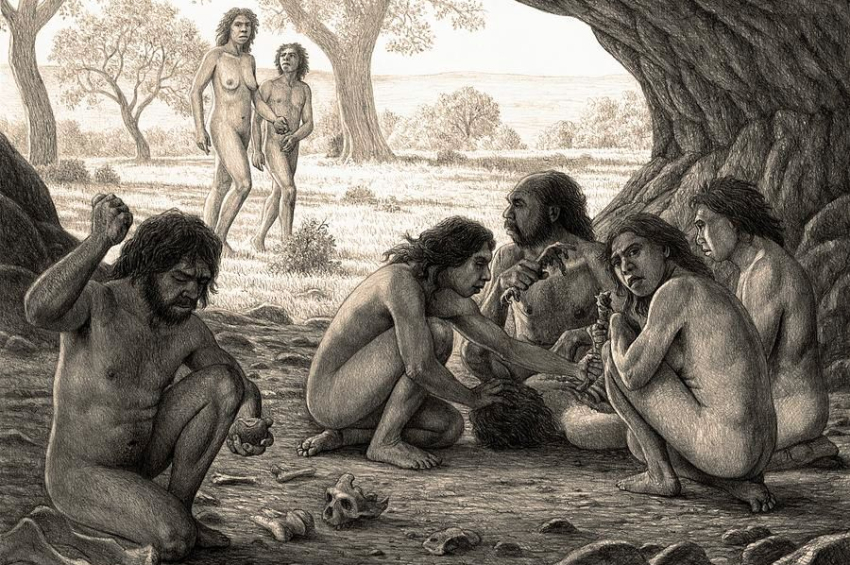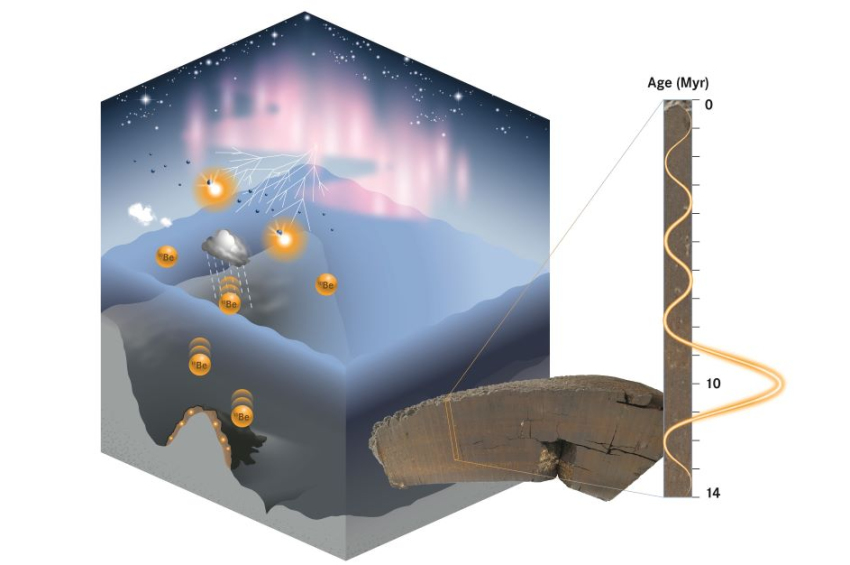Why early Europeans ate their enemies’ brains
Cannibalism wasn’t rare among early humans and prehistoric societies consumed members of the same species either to feed themselves or to perform religious rituals.
Researchers have found evidence of one more circumstance of humans eating humans: consuming enemies’ brains, which doesn’t fall under the first two motives.
A new study published in the Nature Scientific Reports suggests that ancient Europeans had removed and consumed the brains of their dead enemies. It is not clear yet which were the motives of this treatment, with scientists proposing that assimilation of enemies’ powers and knowledge could be the most feasible version.
Archaeologists from France, Spain, and Poland examined the bones of at least 10 individuals from the Magdalenian culture, who lived in today’s Poland between 11,000 and 17,000 years ago. Using imaging techniques, they identified marks on bones indicating the extraction of marrow and brain tissue.
More to read:
Why did our ancestors eat each other 1.45 million years ago?
While cannibalism among Magdalenians has been well-documented—both as a funerary practice and an act of violence—this case appears to be linked to warfare, according to co-lead author Francesc Marginedas of the Catalan Institute of Human Paleoecology and Social Evolution.
Unlike ritualistic sites where skulls were repurposed as cups, the remains found in Maszycka Cave near Kraków showed no signs of special treatment.
The bones belonged to at least six adults and four juveniles, possibly related. Although a 1990s study proposed that the individuals’ brains were consumed, later research questioned this due to the absence of human tooth marks.
More to read:
Clovis people – forefathers of Amerindians – ate mostly mammoth
However, Marginedas argues that recent findings—including cut marks on 68% of the bones—support the idea of violent conflict rather than a funerary ritual. For this reason, some researchers would like to exclude the term “cannibalism” in its classical meaning, in the case of Magdalenians, wrapping the practice as a cultural or religious issue.
Some tribes in the Oceania, Africa and South America were still engaged in such practices at the end of last century.
The last massive cannibalism event occurred during the Russian famine in 1918-22, with tens of thousands of men, women and children being eaten to survive.
Although cannibalism is banned in most countries, some communities in India still consume human flesh for religious purposes.
***
NewsCafe relies in its reporting on research papers that need to be cracked down to average understanding. Some even need to be paid for. You can support us via PayPal: office[at]rudeana.com or https://paypal.me/newscafeeu, or https://buymeacoffee.com/newscafe - any amount is welcome. You may also want to like or share our story, that would help us too.






